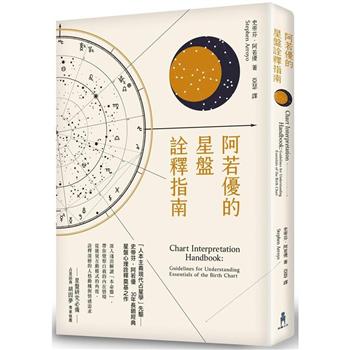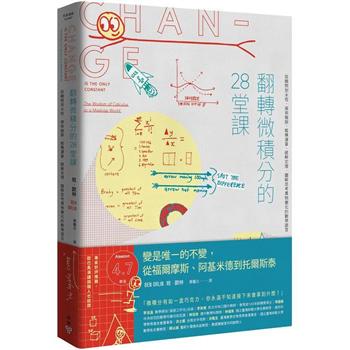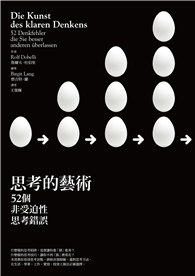Moving assembly lines are the stepping stone for mass production of automobiles. Here, every second counts, which necessitates planners to meticulously optimize them. A crucial factor is each worker's nonproductive walking time between the moving workpiece and line-side material containers for picking up required material. Minimizing the walking time is difficult because the workpiece moves steadily. Helmut A. Sedding devises algorithms to optimize the sequence of work operations, and the placement of material containers. Thereby, he introduces a novel category of time-dependent scheduling problems, and lays the basis for the algorithmic optimization of time-dependent paths at the moving assembly line.
About the Author:
Helmut A. Sedding passed his doctoral thesis with distinction at the Institute of Theoretical Computer Science at Ulm University, Germany. He researches on modeling, complexity analysis, and algorithm design for the solution of various optimization problems. His practical experience includes the development of automotive production planning software in use at major car manufacturers.

 看圖書介紹
看圖書介紹









